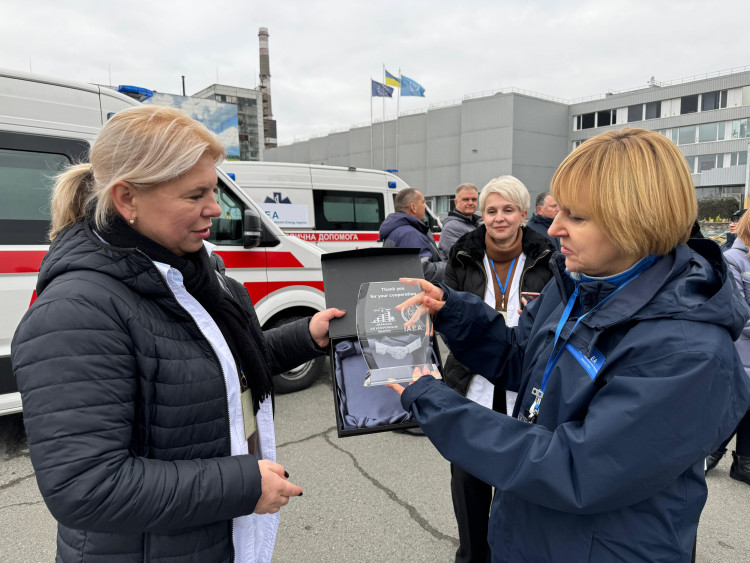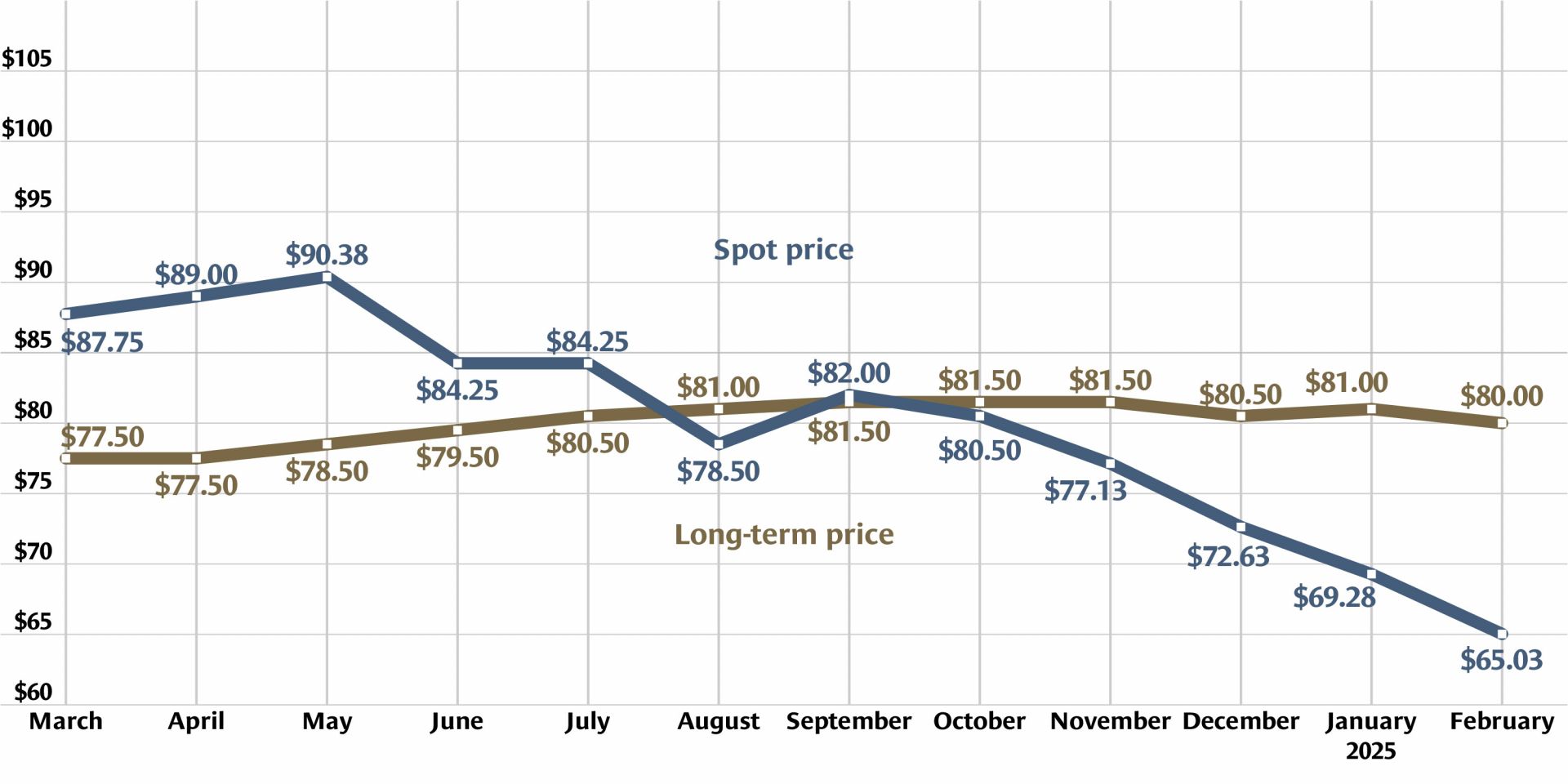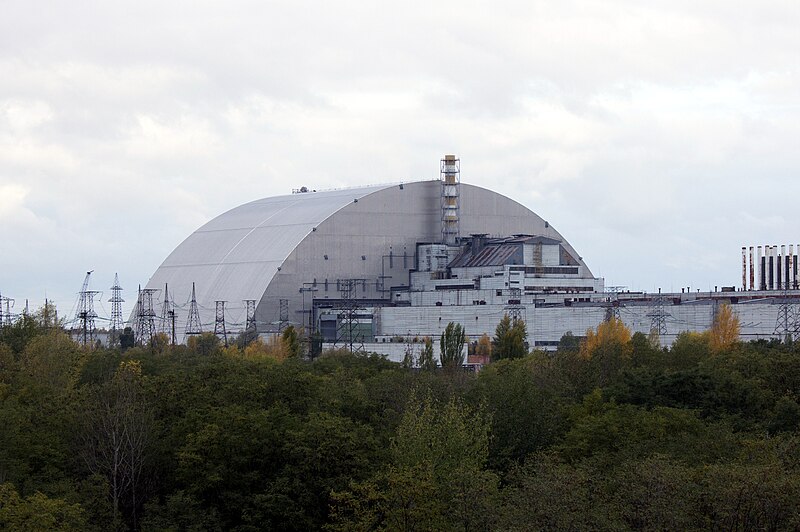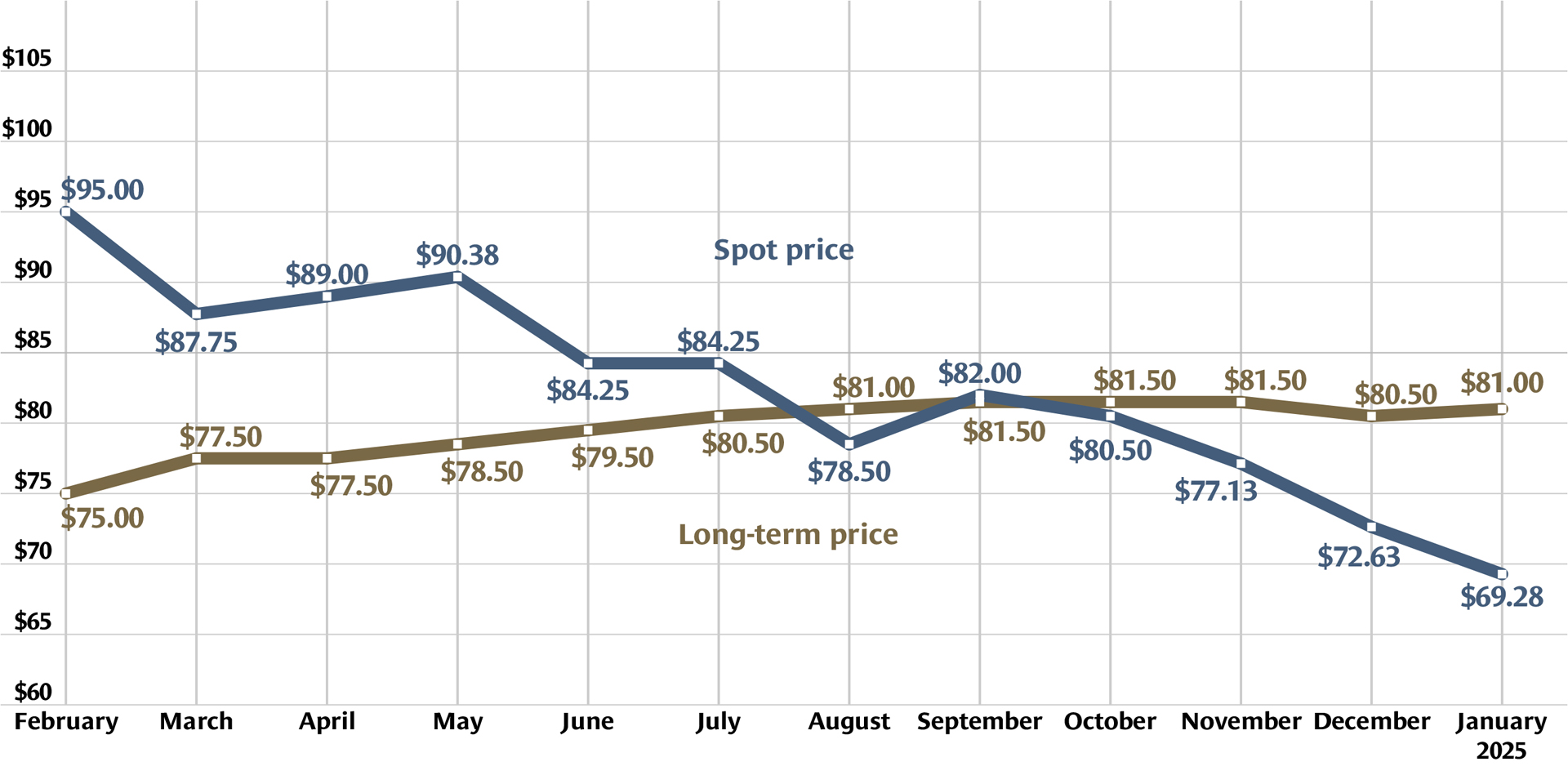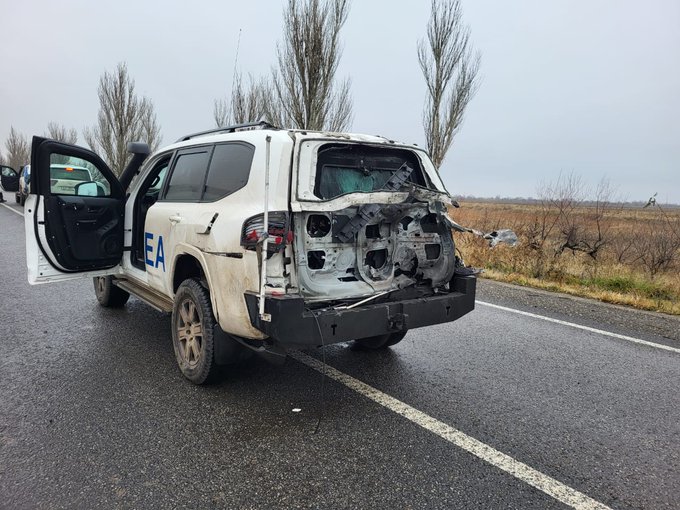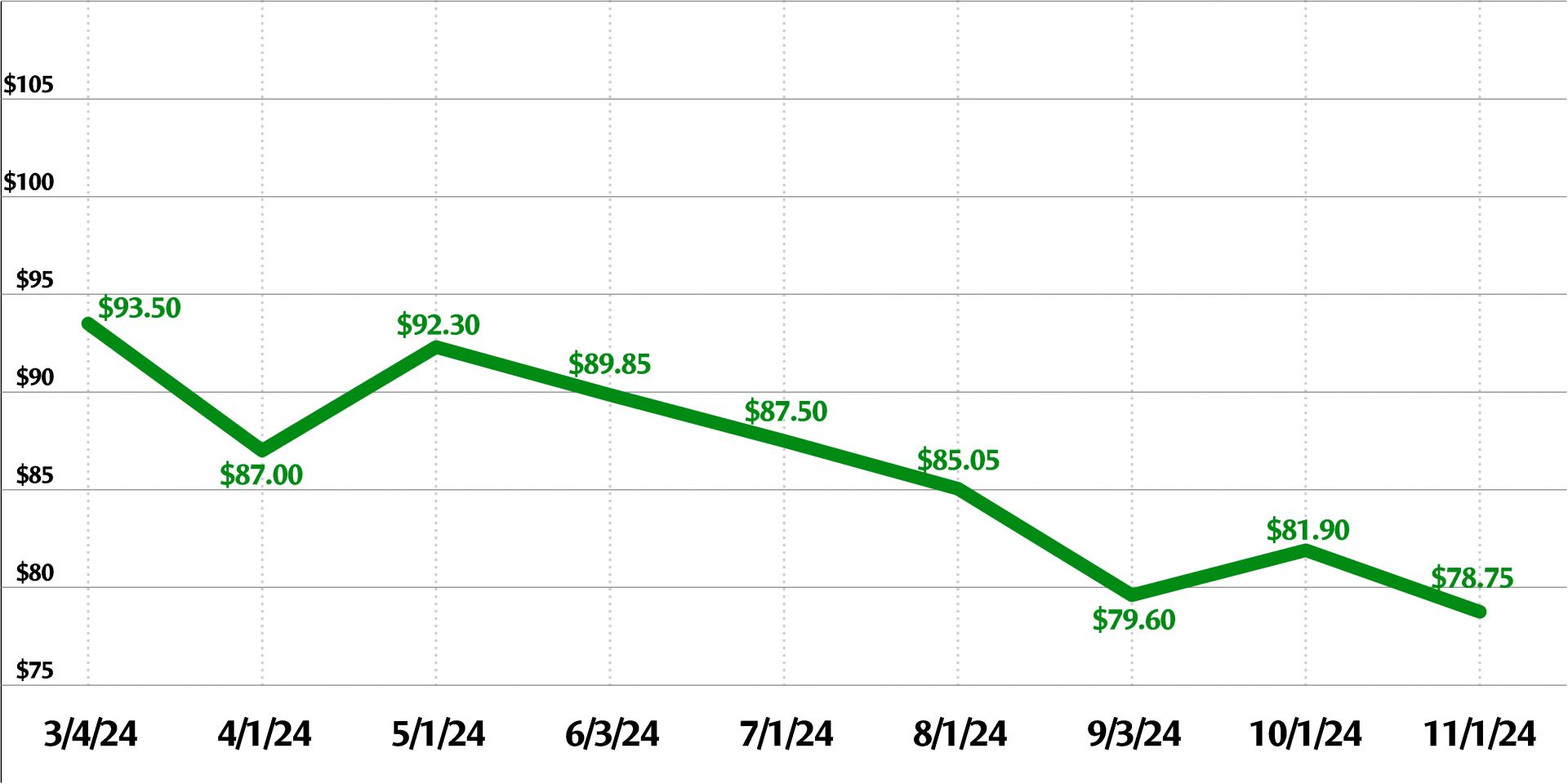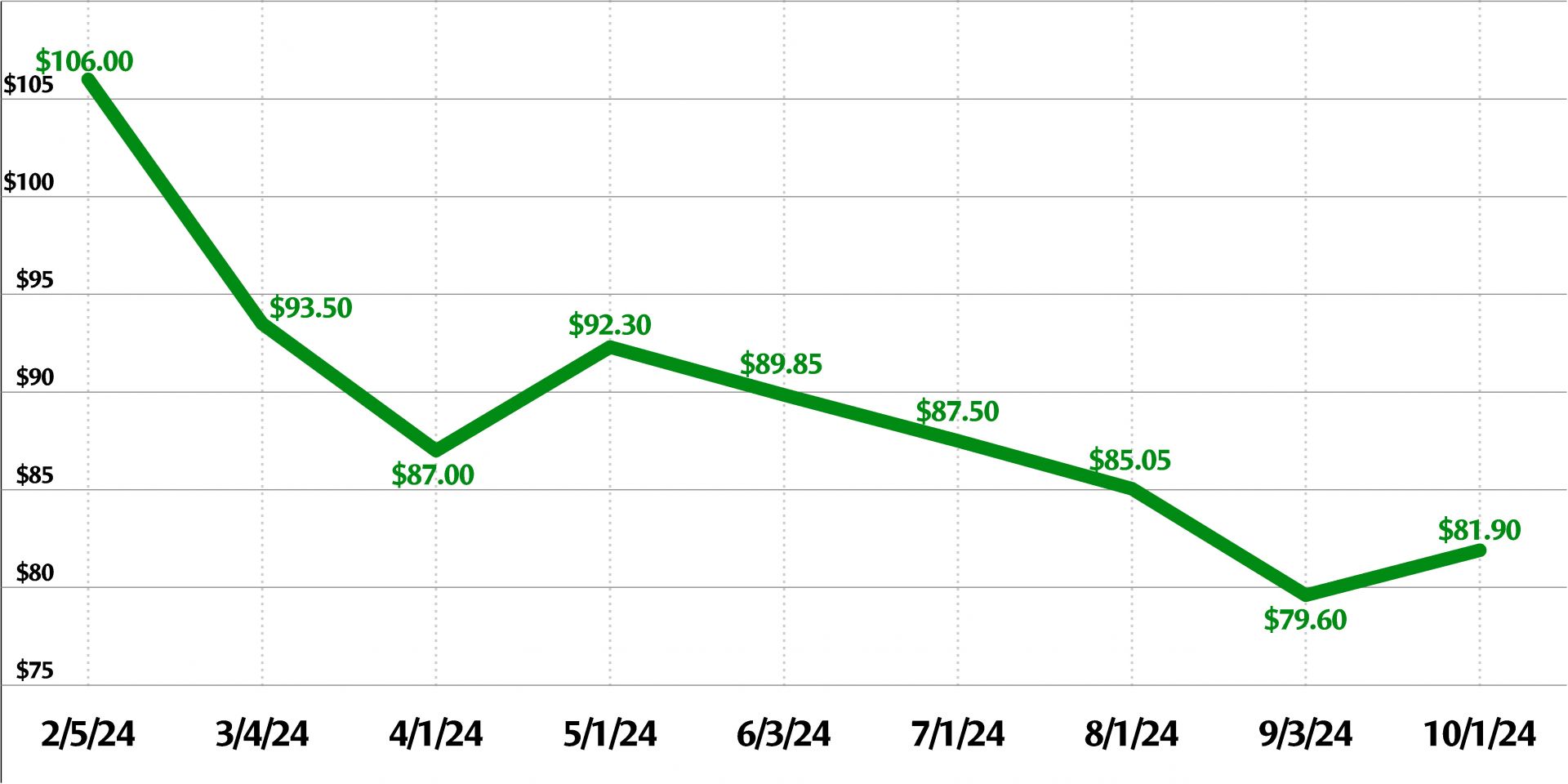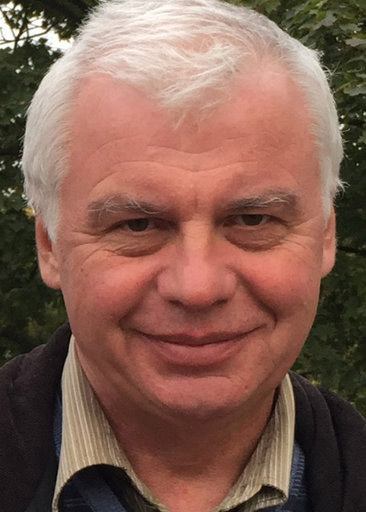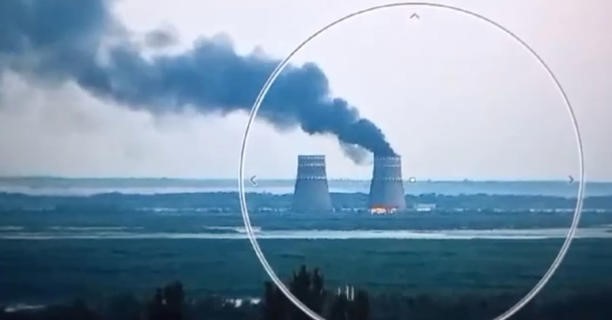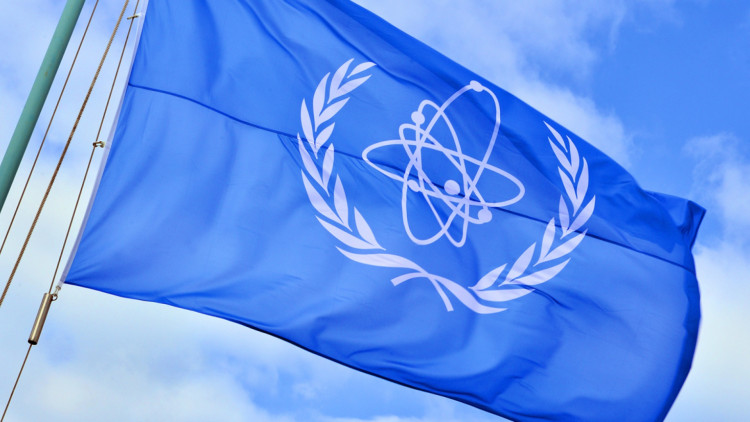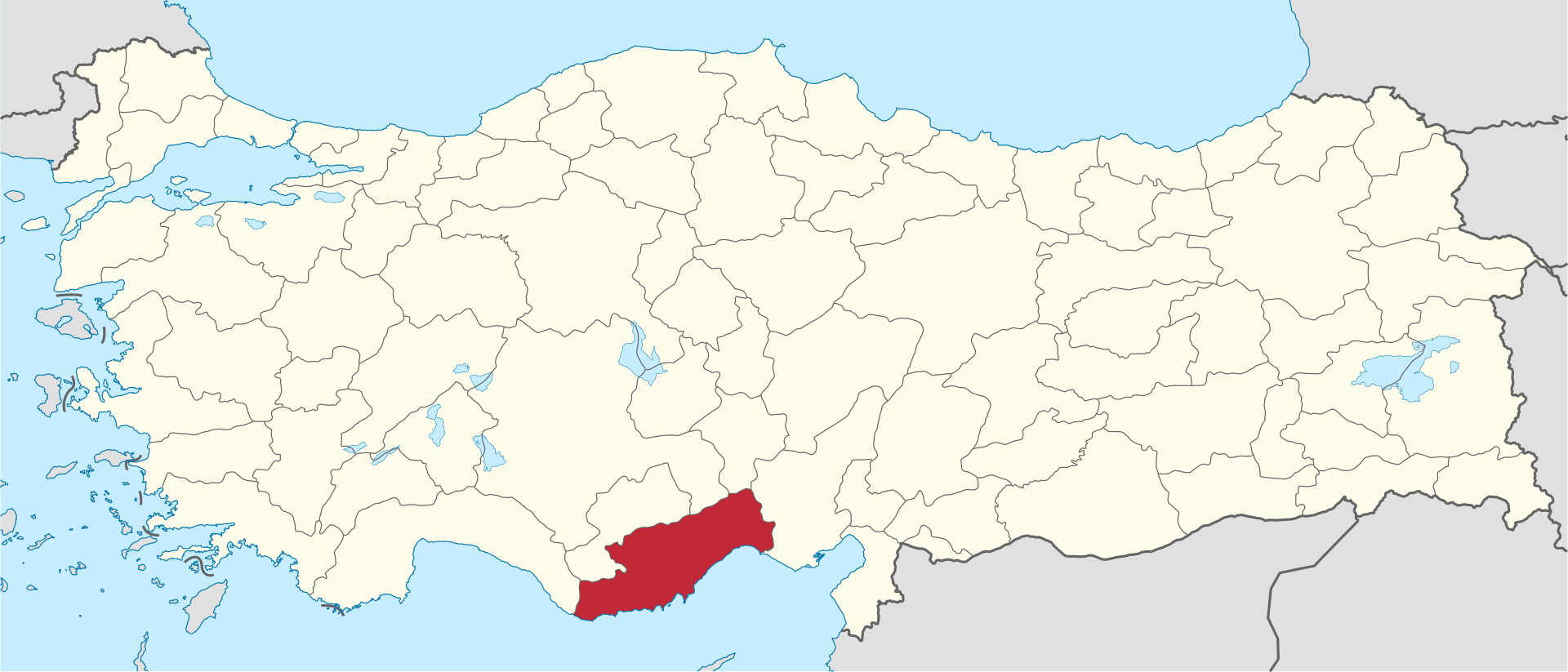During a November 2024 mission, the IAEA delivered two new ambulances to Ukraine at the Chernobyl site. Varash Hospital director Tetiana Latyshenko is at left, with Liliana Salaru, IAEA senior medical officer, at right. (Photo: IAEA)
The United Nations' nuclear watchdog delivered emergency medical supplies to Ukraine last week as part of ongoing aid to the country since its conflict with Russia began in 2022.
Meanwhile, Russian-backed media report Ukraine is responsible for ZNPP strikes
Energoatom’s Zaporizhzhia plant, in southeastern Ukraine, as it appeared in a photo posted to the DOE website in June 2021. (Photo: Energoatom)
Amid recent ceasefire talks between Russia and Ukraine, President Donald Trump suggested the U.S. should take control of Ukraine’s nuclear power plants for long-term security, the Associated Press reported.
“American ownership of those plants could be the best protection for that infrastructure,” Trump suggested, according to a later statement.
Dealing with the aftermath of the Russian drone attack on the Chernobyl nuclear power plant. (Photo: State Emergency Service of Ukraine)
Ukraine’s State Emergency Service has finally gained full control over a blaze that started February 14 after a drone struck the protective dome over the destroyed reactor from the 1986 Chernobyl nuclear plant accident.
The New Safe Confinement over unit 4 at the Chernobyl nuclear power plant in 2017. (Photo: Tim Porter)
Social media this past weekend streamed with reactionary posts following a drone strike last Friday at the site of the destroyed reactor from the 1986 Chernobyl accident. The drone—armed with a warhead—ripped a hole in the New Safe Confinement (NSC), a large structure built to prevent any radioactive release from the damaged reactor unit 4 and to protect it from any external hazard. The drone strike caused a fire that was still smoldering in places as of Monday morning, and left a hole larger than 500 square feet. Efforts continue to mitigate the consequences of the fire and extinguish isolated smouldering areas of the NSC's insulation material.
Due to damage to the external and internal cladding of the NSC's arch and main crane system equipment, the safety boundaries and operational conditions of the NSC complex have been compromised, according to the Chernobyl nuclear power plant Facebook page.
Concept art showing a FNPP design. (Image: Glosten)
A team of innovative companies has plans to bring floating nuclear power plants to U.S. ports.
Core Power, a maritime and nuclear technology company, announced in January a new partnership in with naval architecture company Glosten. The pair is working on a design for a floating nuclear power plant (FNPP) that could generate up to 175 gigawatt-hours of clean electricity annually and provide clean power to ships, equipment, and port vehicles, Offshore Energy reported.
The IAEA vehicle struck by a drone within the Zaporizhzhia region of Ukraine. (Image: X/@ZelenskyyUa)
A drone targeted and damaged an official vehicle of the International Atomic Energy Agency on December 10 as it traveled toward the front line in eastern Ukraine during a rotation of IAEA teams at Ukraine’s Zaporizhzhia nuclear power plant (ZNPP). In a video message, IAEA director general Rafael Mariano Grossi condemned the strike as an “unacceptable” attack on IAEA staff working to prevent a nuclear accident during a military conflict.
Screenshot from a video released by Ukrainian president Volodymyr Zelenskyy shows a fire that broke out at the Zaporizhzhia nuclear power plant on August 11, 2024.
Thick, black smoke pouring from one of the cooling towers at Ukraine’s Zaporizhzhia nuclear power plant over the weekend raised alarm about safety at the facility as the military conflict with Russia continues.
On-site staff from the International Atomic Energy Agency witnessed the smoke and reported hearing multiple explosions at Zaporizhzhia, which is the largest nuclear plant in Europe and one of the largest worldwide.
Mersin Province (in red) in Turkey. (Image: TUBS)
While commissioning began earlier this year at Turkey’s first nuclear plant, new reports say the project is delayed by sanctions against Russia due to its military invasion of Ukraine.
